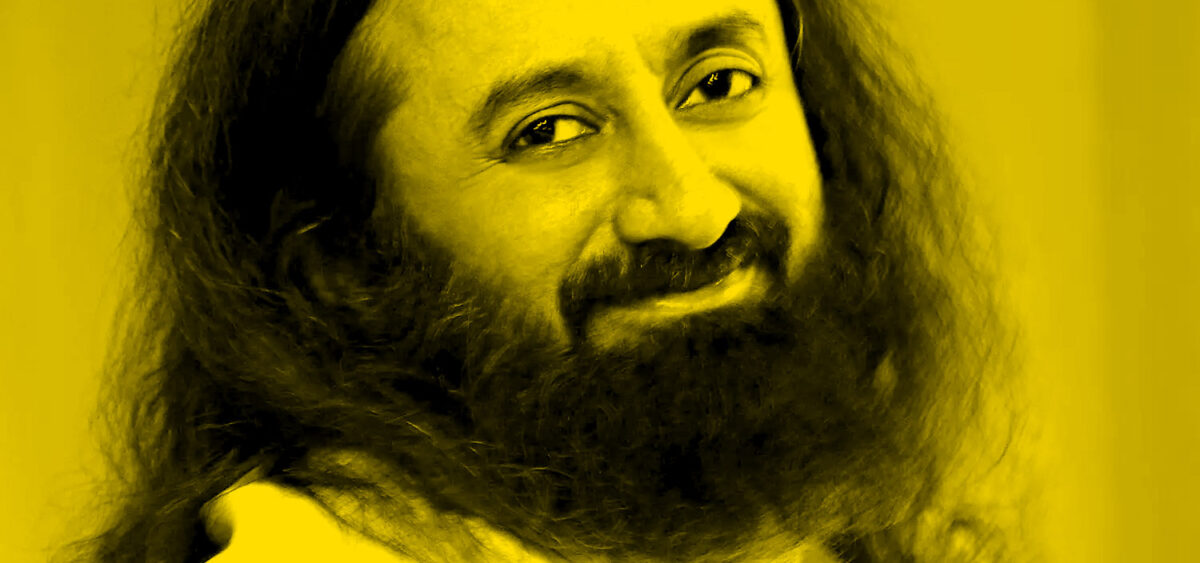
Ego is a tough negotiator between desires and morality. And yet, a soft skin for the psyche, both separating and connecting two different worlds. Freud’s followers borrowed the notion of the ego, but they look at it from a broader perspective.
Psychoanalysis gave new meaning to numerous terms, but ego has been the most prominent. We use terms such as egoism or egotism, we speak of a “big” or “hurt” ego. And yet, we rarely give any thought to the exact meaning of the words, holding on to their negative associations instead. We see the ego as a vehicle for unmitigated individualism, a person’s hard core separating them from everything external. We connect the ego with self-love, self-importance, dreams of greatness. In the rich tradition originating in psychoanalysis, one can easily find justification for these associations, yet one can discover very different interpretations as well. Even though these interpretations haven’t gone through to the collective imagination, they are equally fascinating.
First of all, we need to distinguish between the ego in the psychoanalytic sense from what we could call the self or the individual’s subjectivity—i.e. their psychological entity, their separateness, “being oneself.” For Freud and his later followers, the notion of ego has a narrower scope: it refers only to one of the psyche’s agencies, which together form the human subject. A person cannot be reduced to their ego, even though this aspect of the psyche








